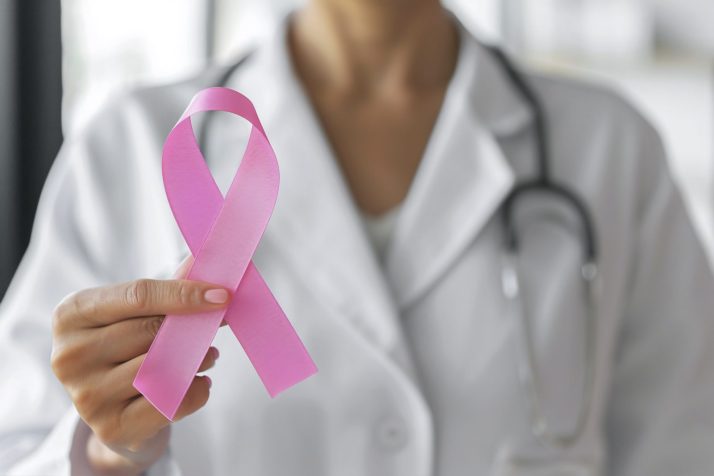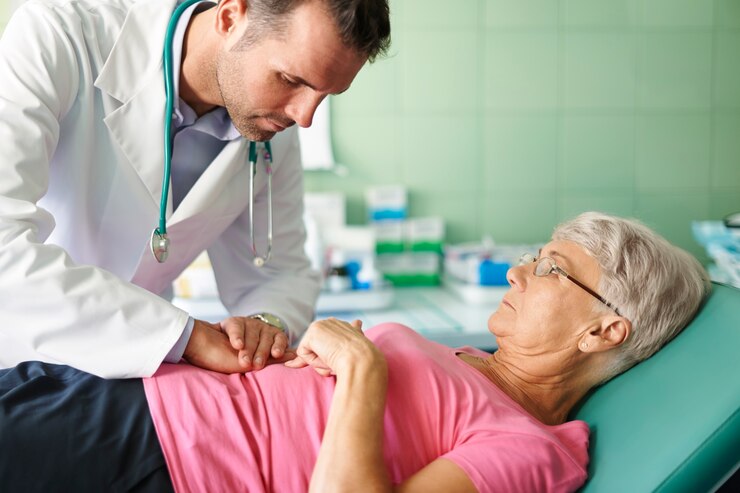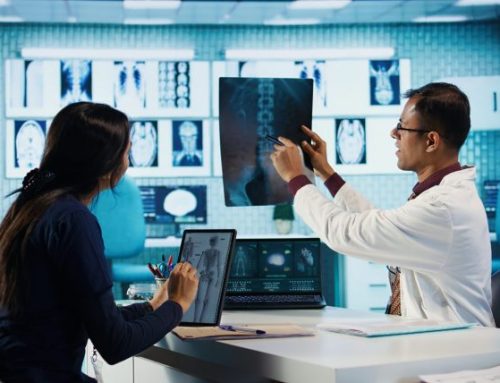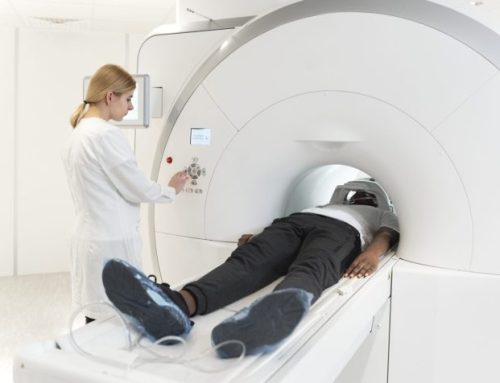Mammogram Essentials: A Simple Start to Breast Health

The earliest mammogram was conducted in 1913, but it wasn’t until the mid-1960s that mammogram technology had advanced enough to become a standard and reliable screening tool.
In the US, the FDA estimates nearly 43 million mammograms are done each year, highlighting this procedure as a pervasive and important tool in the fight against breast cancer. Catching breast cancer early not only improves survival rates, but involves less invasive treatments, and reduces the risk of cancer spreading to other parts of the body.
This article will provide details on what mammograms are, how they work, and what to expect as a patient during a mammogram.
What is a Mammogram?
A mammogram is a type of x-ray specifically designed to measure breast tissue. Its primary purpose is to detect breast cancer.
The American Cancer Society recommends that women ages 40 to 54 get annual mammograms. Women ages 55 to 74 can switch to mammograms every other year or continue annual screenings. The decision of when to start and how often to get mammograms should be made in consultation with a healthcare provider, considering personal risk factors and preferences.
There are two types of mammograms:
-Screening: These are routine exams meant to detect signs of cancer before there are any symptoms.
-Diagnostic: These exams are used to investigate suspicious findings or symptoms, like lumps or pain.
The Patient Experience: What Happens During a Mammogram?
Mammograms are typically scheduled for the week after a women’s menstrual period. Breast tissue is less dense at this time, making it easier to detect abnormalities.
After arriving at the facility and checking in, you will change into a hospital gown. Your chest and shoulders should be free of any jewelry. The presence of metal can interfere with the x-ray process.
The mammogram machine is a specialized x-ray machine that you stand in front of. The x-ray technician will help position each breast on a platform, and then a clear plastic plate is lowered to compress the breast. The compression may be momentarily uncomfortable but is an important step to ensure that x-ray images are as clear as possible. The mammogram typically involves two views of each breast: a side view and a top view. The process typically takes 15-30 minutes.
Continuing technological advances have made digital mammography a common practice. X-rays are still used, but instead of the x-ray being recorded on film, the images are stored on a computer. This improved technology produces clearer images, and easier storage and sharing of the images.
The Benefits of Mammograms
Mammograms provide:
-Early Detection: Mammograms can detect cancer before any lumps or other symptoms appear. Early detection leads to early treatment.
-Lowered Mortality: Due to early detection & treatment, cancer is less likely to be able to spread to other organs.
-Less Invasive Treatments: Early detection allows precise, less invasive procedures. A procedure such as a lumpectomy (the removal of the cancerous tissue) is preferable to the patient instead of a mastectomy (removal of the entire breast.) Less invasive procedures provide a better cosmetic outcome and lessen the chance of side effects.
-Peace of Mind: By being an active participant in your own health, you reduce anxiety and uncertainty. A mammogram is your tool to find cancer early and defeat it.
RadiologyAssist: Your Partner in the Battle Against Breast Cancer
We are the national leader in providing radiologic screenings to uninsured and self-pay patients. We partner with over 1000+ high-quality accredited centers nationwide, ensuring quality and convenient care with up-front transparent pricing. Our scheduling capabilities allow our patients to get their affordable mammograms quickly, avoiding delays in diagnosis and care.
Final Thoughts
For nearly 60 years, mammograms have been the leading tool in the fight against breast cancer. At RadiologyAssist, we make these essential scans affordable and within reach for everyone.
Blog & Healthcare News










